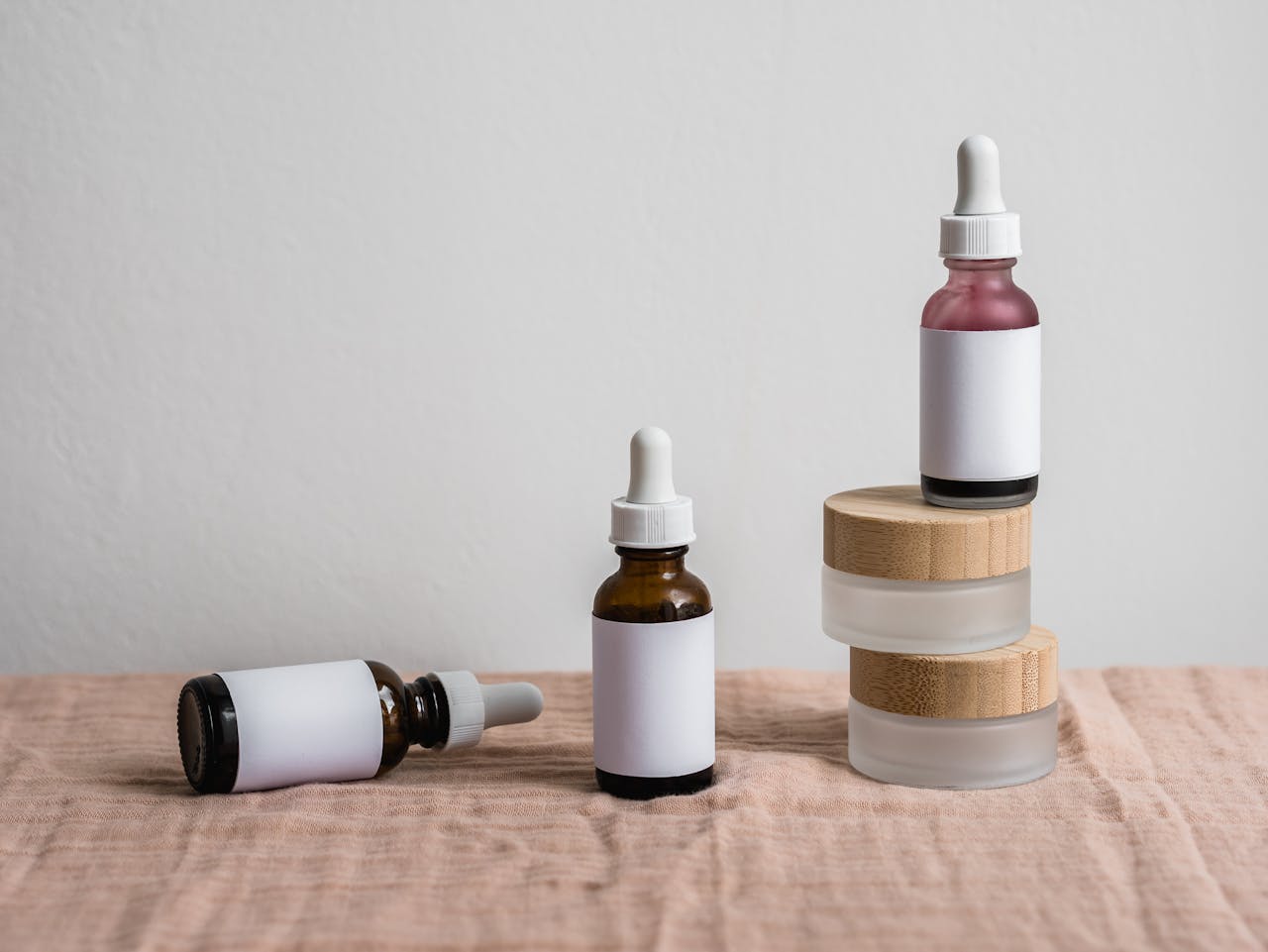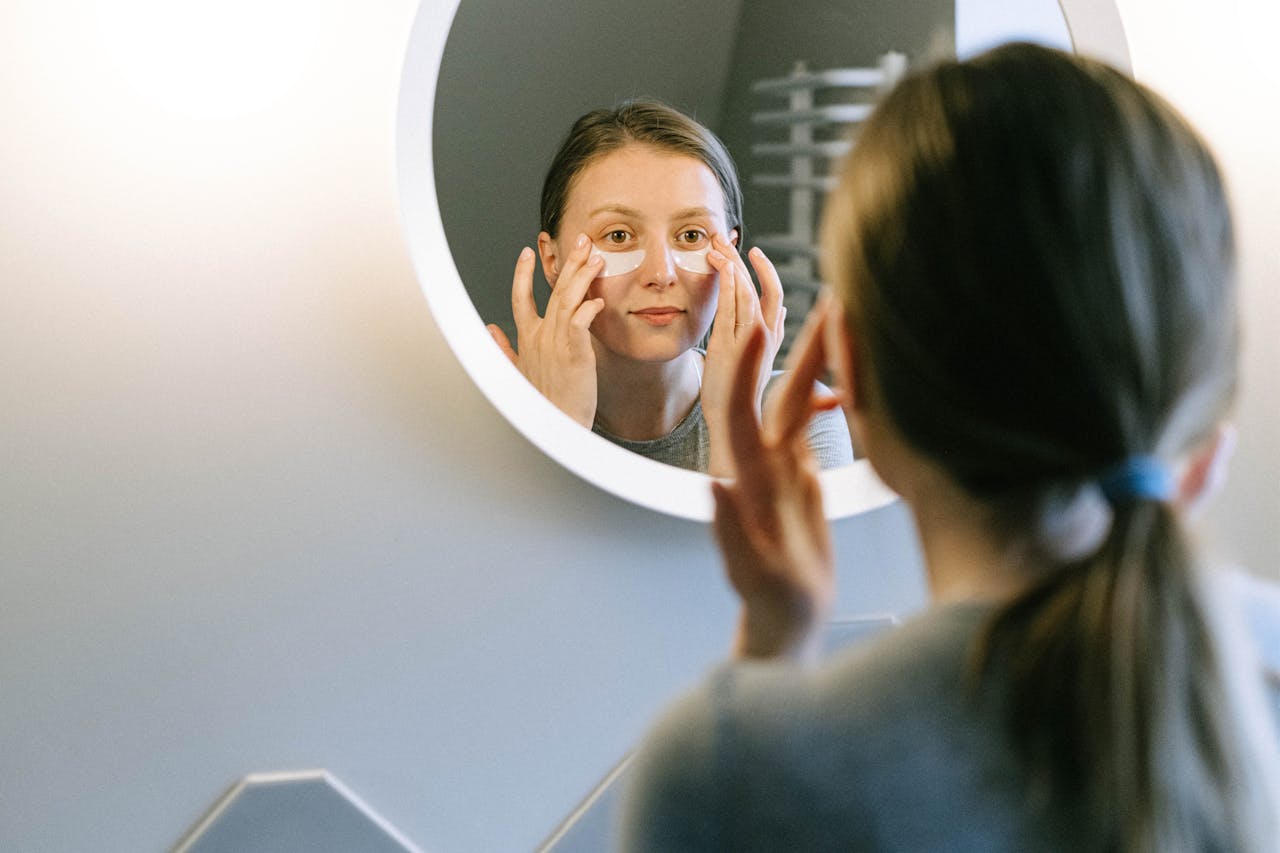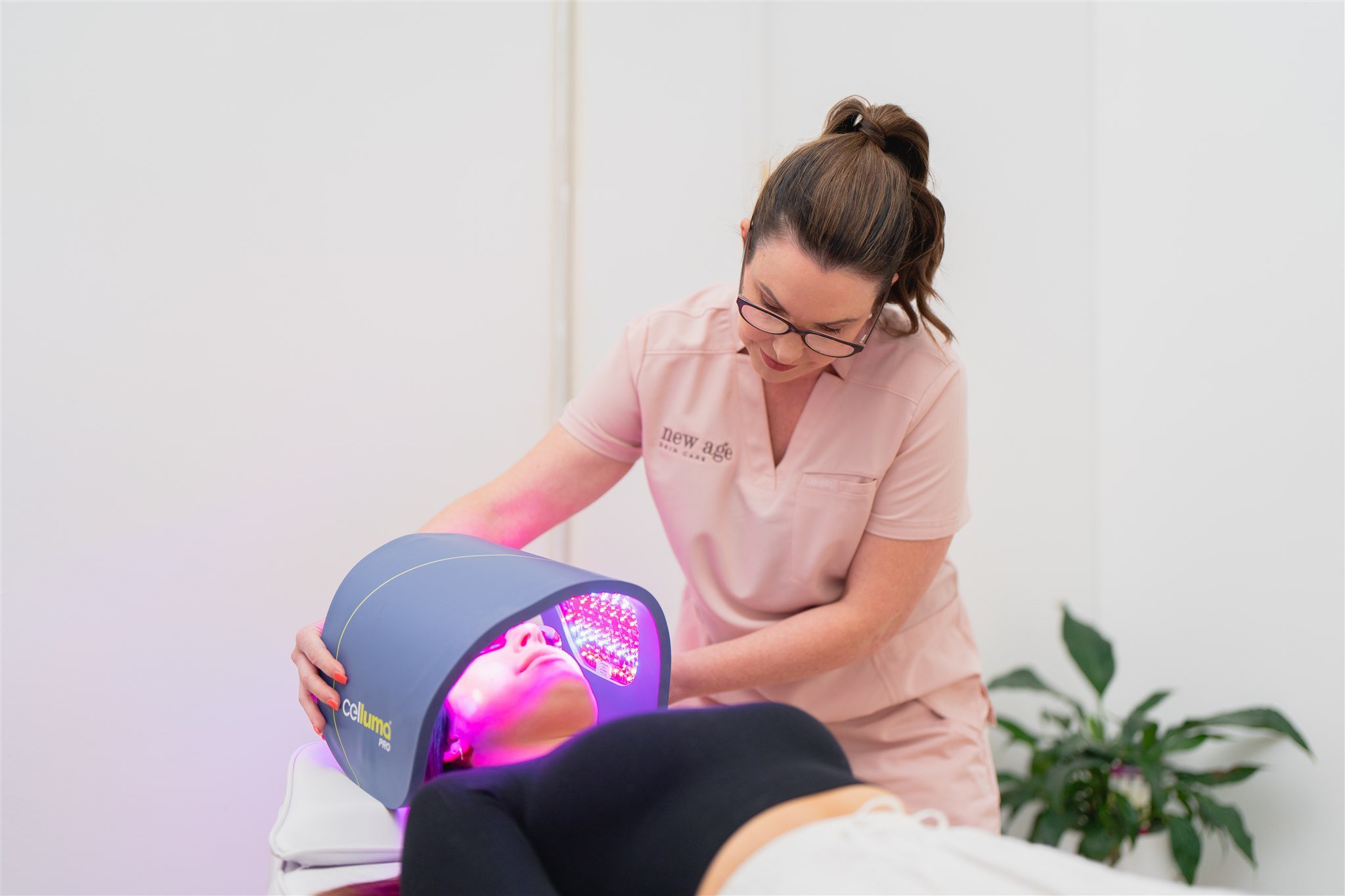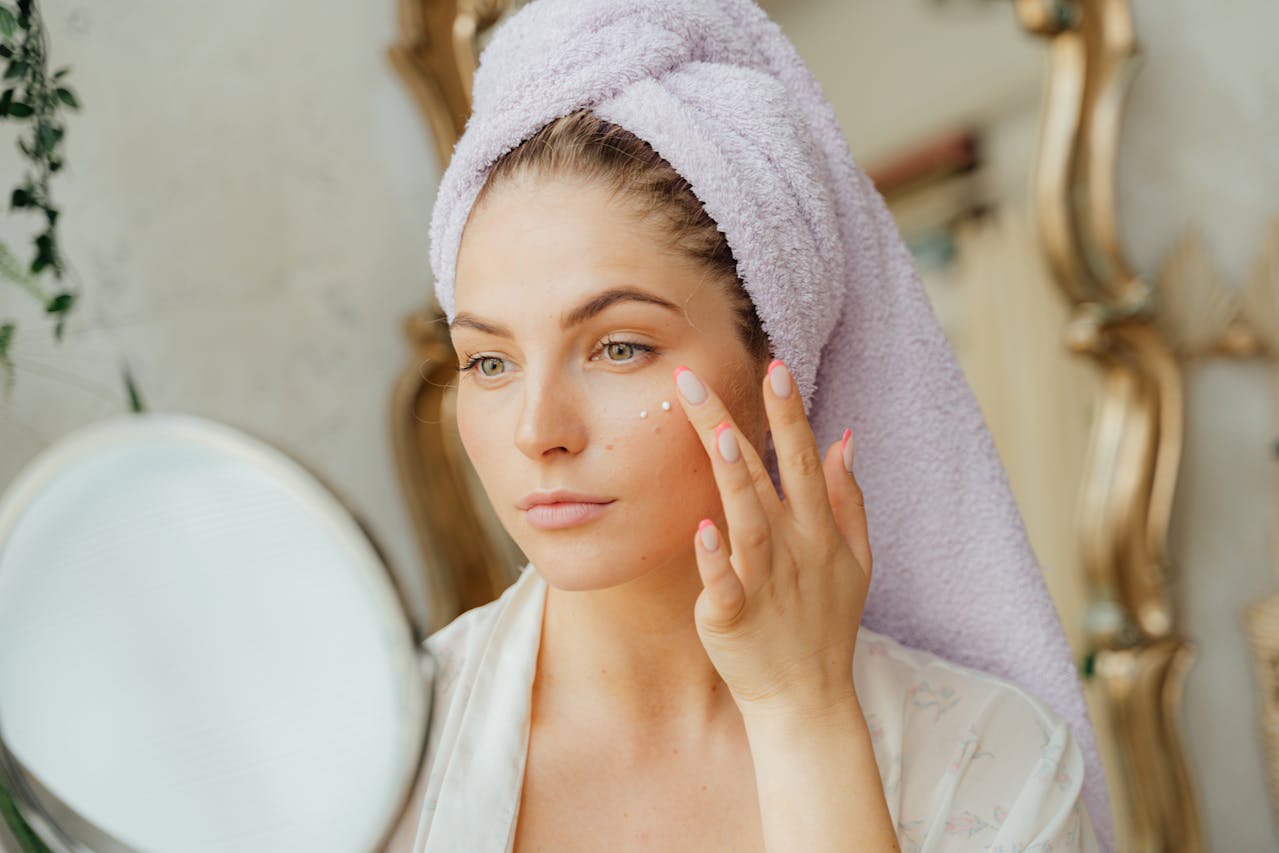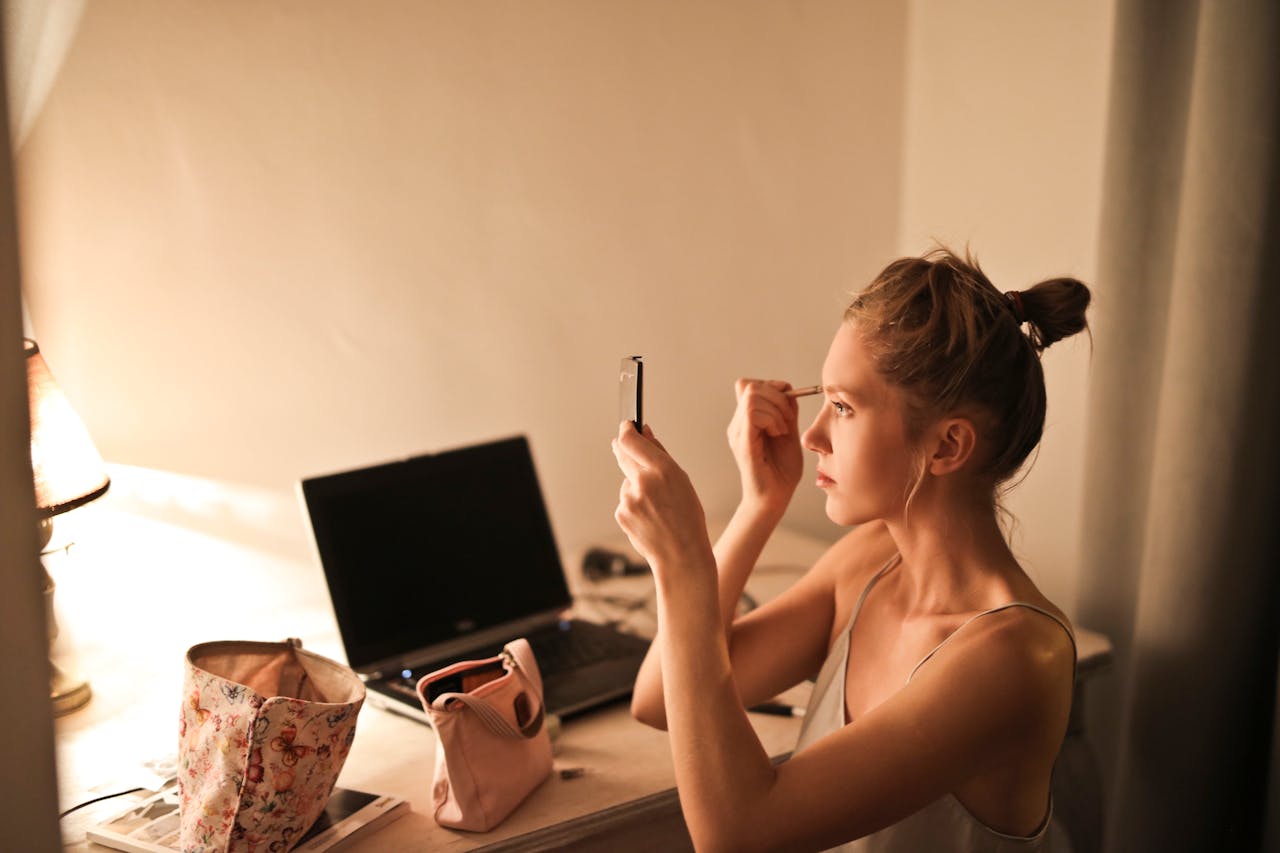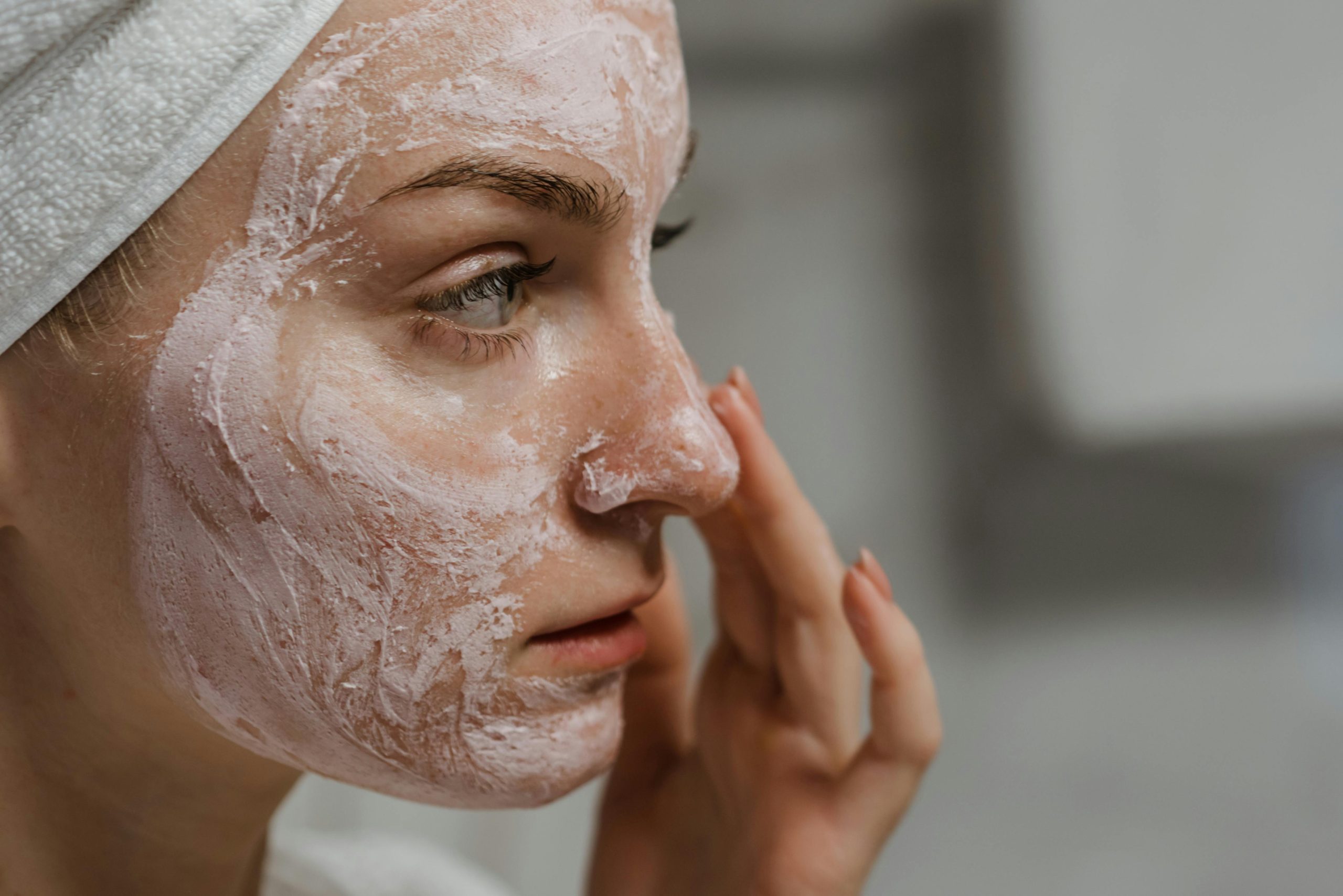Upcycled Beauty: The Future of Sustainable Skincare
Upcycled beauty involves making skincare and cosmetics using ingredients that would be discarded. This idea is in line with the larger trend of sustainability in the beauty sector, which involves reusing leftover materials from various industries like food, agriculture, and manufacturing to lower environmental impact. Giving a new lease on life to ingredients that would have otherwise been thrown away, upcycled beauty is crucial for encouraging sustainable skincare practices.
The demand for sustainable and eco-friendly cosmetics is increasing, leading to a rise in the popularity of upcycled beauty. In recent years, there has been a notable surge in interest in the United States, as searches for “what is upcycling?” have increased by 250%. This increase underscores a rise in consumer understanding, although there is still some uncertainty about the term and its advantages.
The sustainability movement in beauty is driven by a desire to reduce waste and rethink traditional manufacturing processes. Brands are now turning to innovative solutions like using discarded coffee grounds in scrubs, leftover fruit peels in serums, and even upcycled olive leaves in moisturizers. By embracing upcycled beauty, companies can significantly reduce their reliance on virgin resources and minimize their carbon footprint. This approach not only supports environmental sustainability but also encourages a shift towards a circular economy where resources are reused efficiently.
As more brands and consumers focus on eco-friendly options, upcycled beauty is becoming a promising area in sustainable skincare, providing high-quality products that are effective and benefit the planet.
The Rise of Upcycled Ingredients in Skincare
Upcycled beauty is reshaping the skincare industry by integrating ingredients that would typically be discarded, such as coffee grounds, fruit peels, and plant oils. These ingredients, once considered waste, are now being utilized to create effective and sustainable skincare formulations. For instance, upcycled coffee grounds are repurposed into exfoliants, while citrus fruit peels can be transformed into potent antioxidants for skincare products.
The advantages of using these recycled ingredients go beyond just skincare products. By utilizing these ingredients, the environmental impact is lessened as waste typically sent to landfills, leading to harmful greenhouse gas emissions such as methane, is minimized. In addition, using upcycled ingredients in production conserves less natural resources, fostering a sustainable and eco-friendly beauty sector. For instance, businesses such as Kaffe Bueno are at the forefront of turning coffee waste into skincare components that improve moisturization and minimize wrinkles, ultimately improving product performance and advocating for environmental sustainability.
Cosmetic chemists play a crucial role in this transformation by developing innovative processes to extract valuable compounds from these waste materials. They ensure that upcycled ingredients maintain their potency and safety for use in personal care products. Techniques such as bio-refining and fermentation allow chemists to harness the benefits of by-products like coffee grounds, olive leaves, and grape seeds, creating formulations that are not only effective but also align with the growing demand for sustainable skincare options.
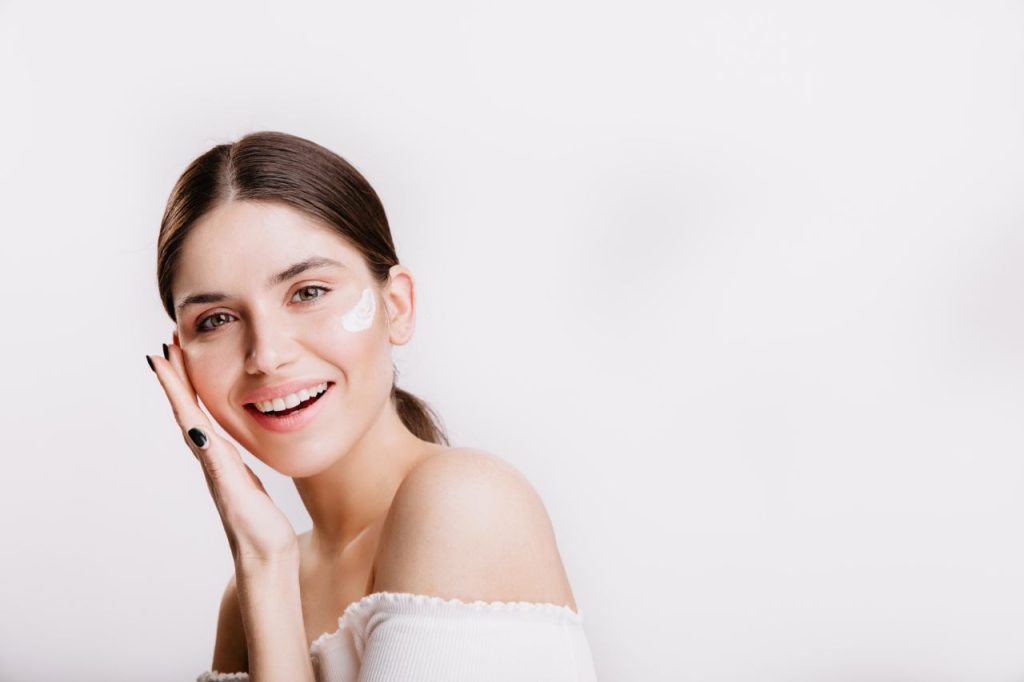
Environmental and Social Impact of Upcycled Beauty
Upcycled beauty significantly reduces the environmental footprint of cosmetic products by transforming waste materials into valuable skincare ingredients. By using by-products from food and agriculture, such as coffee grounds, fruit peels, and plant oils, upcycled beauty helps minimize waste sent to landfills, reducing greenhouse gas emissions like methane. This practice also cuts down on the need for virgin raw materials, contributing to the conservation of natural resources and lowering the industry’s overall carbon footprint.
Upcycled beauty embraces the values of the circular economy by reusing materials that would otherwise be discarded, resulting in a self-sustaining system. This method guarantees the efficient utilization of resources, reducing resource depletion and environmental damage. For instance, innovative extraction techniques are used in the production of upcycled ingredients such as citrus fruit peels or spent grain from breweries. These techniques help preserve the bioactive properties of these materials and decrease the reliance on synthetic additives in cosmetic formulas.
The social impact of upcycled beauty extends beyond environmental benefits. It empowers local communities and small-scale farmers by creating new supply chains and generating additional revenue streams. By partnering with these communities to source ingredients that would typically be discarded, upcycled beauty brands help support sustainable livelihoods and promote fair trade practices. This not only enhances the economic stability of these regions but also encourages sustainable farming and production methods, contributing to overall community well-being and environmental stewardship
How Upcycled Beauty Compares to Traditional Skincare
Upcycled beauty stands out from traditional skincare in several key areas, particularly in ingredient sourcing, production processes, and overall environmental impact. Unlike conventional skincare, which typically relies on virgin resources or chemically synthesized ingredients, upcycled beauty utilizes by-products and waste materials from the food and agriculture industries. This approach reduces the demand for new raw materials, lessens environmental strain, and promotes sustainability.
For example, popular upcycled components consist of coffee grounds, citrus peels, and olive pulp—items that would be thrown away otherwise. These components frequently maintain elevated amounts of helpful substances such as antioxidants and essential oils, which can offer comparable, if not better, skincare advantages in comparison to traditionally sourced ingredients. When it comes to manufacturing, upcycling techniques like enzyme-assisted extraction and pulsed electric fields have a reduced impact on the environment by cutting down on the use of toxic chemicals and energy, making them a greener alternative to conventional extraction methods.
A common misconception is that upcycled beauty products may be of lower quality due to the nature of their ingredients. However, this is far from the truth. Upcycled ingredients undergo rigorous testing and processing to ensure they meet the same safety and efficacy standards as conventional ingredients. For example, coffee by-products can be refined to create high-quality skincare ingredients that promote collagen production and reduce signs of aging. The rise in consumer demand for transparency and sustainability is further driving this shift, making upcycled beauty a viable and eco-friendly alternative to traditional skincare.
Why American Consumers Are Embracing Upcycled Skincare
American consumers are increasingly shifting toward upcycled beauty and sustainable skincare as a result of growing awareness and concern for the environment. This trend is driven by the desire for eco-friendly cosmetics that minimize waste, support ethical sourcing, and contribute to a cleaner planet. Upcycled beauty products, which use ingredients that would otherwise be discarded—such as coffee grounds, fruit peels, and olive pulp—are gaining traction as they offer a sustainable alternative without compromising on quality or efficacy.
Transparency and ethical sourcing play a crucial role in determining the purchasing choices of American consumers. A lot of people are currently looking for brands that match their values, giving importance to products with transparent ingredient sources and ethical manufacturing procedures. Recent reports show that more than 86% of consumers desire increased transparency in ingredient supply chains, with almost one-third choosing to avoid purchasing from brands due to sustainability or ethics issues. This change mirrors a significant need for responsibility and reliance in the beauty sector.
To cater to sustainability-conscious consumers, many brands are adopting targeted marketing strategies. These include promoting clean beauty trends, emphasizing the environmental benefits of upcycled ingredients, and using sustainable packaging solutions like biodegradable or refillable containers. By highlighting their commitment to reducing waste and supporting a circular economy, brands can resonate deeply with eco-conscious consumers who view their purchases as a vote for a sustainable future. As this movement grows, upcycled beauty is poised to become a significant part of the skincare market in the United States, helping reshape consumer expectations and industry standards.
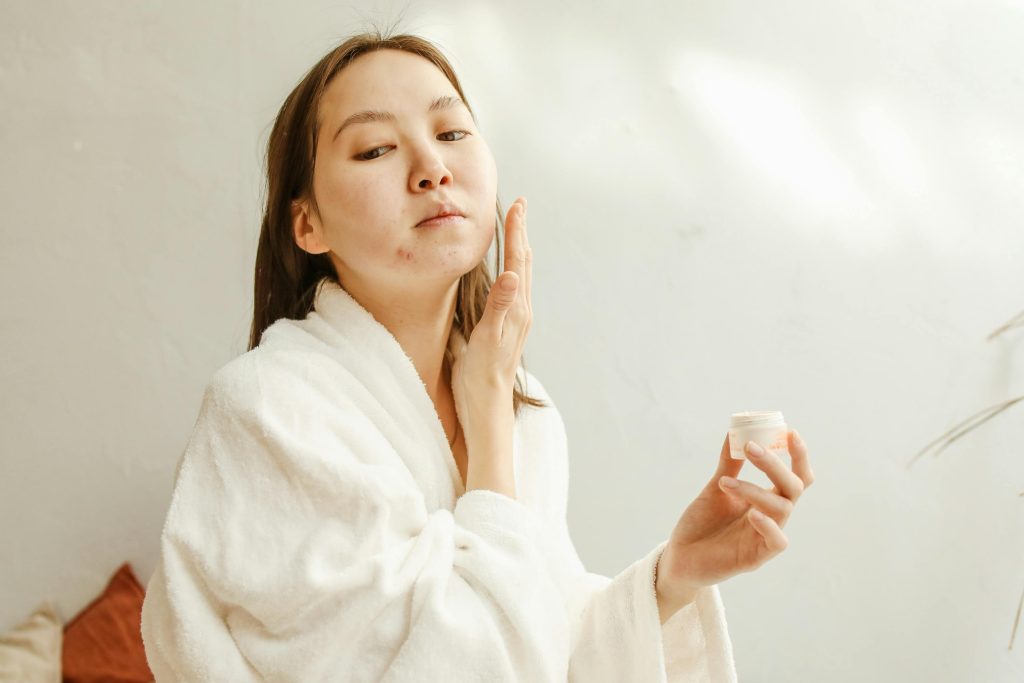
Challenges and Opportunities for the Upcycled Beauty Industry
The upcycled beauty sector encounters various hurdles such as ingredient supply, regulatory factors, and potential for growth. Because upcycled ingredients are frequently obtained as by-products from other industries, their accessibility can vary depending on the success and production capacities of those industries. This can lead to supply chain weaknesses, causing challenges for beauty companies to always find the required materials. Furthermore, the rules and regulations surrounding upcycled ingredients are continuously developing, presenting a hurdle for brands to guarantee adherence and prevent potential allegations of greenwashing. For instance, uncertainties frequently emerge regarding the classification of certain by-products, such as fish-based collagen, as upcycled considering the environmental consequences of extensive fishing methods.
On the other hand, there are numerous opportunities in the upcycled beauty sector. Innovation in ingredient extraction and formulation is opening new possibilities for sustainable skincare. Companies are collaborating with farmers and local producers to source by-products, such as fruit peels and coffee grounds, that can be turned into effective skincare actives. This not only provides a new revenue stream for these communities but also supports the beauty industry’s move towards more sustainable sourcing. Furthermore, gaining sustainability certifications and adhering to global standards will help build trust and transparency with consumers.
In terms of upcoming trends, the emphasis may change to developing beauty products that produce no waste by using additional by-products from various industries like agriculture and food. Due to growing consumer interest in sustainable skincare, upcycled beauty is set to become a popular trend in eco-friendly cosmetics, leading to a more environmentally conscious industry with a circular approach.
Conclusion
Repurposed beauty brings significant advantages to the planet by decreasing waste and promoting a circular economy, all while giving customers access to top-notch, eco-friendly skincare choices. Brands and consumers should make these environmentally friendly choices a top priority in order to promote positive change. The potential for upcycled beauty to revolutionize the skincare industry lies in its ability to make sustainability a key focus of innovation.

